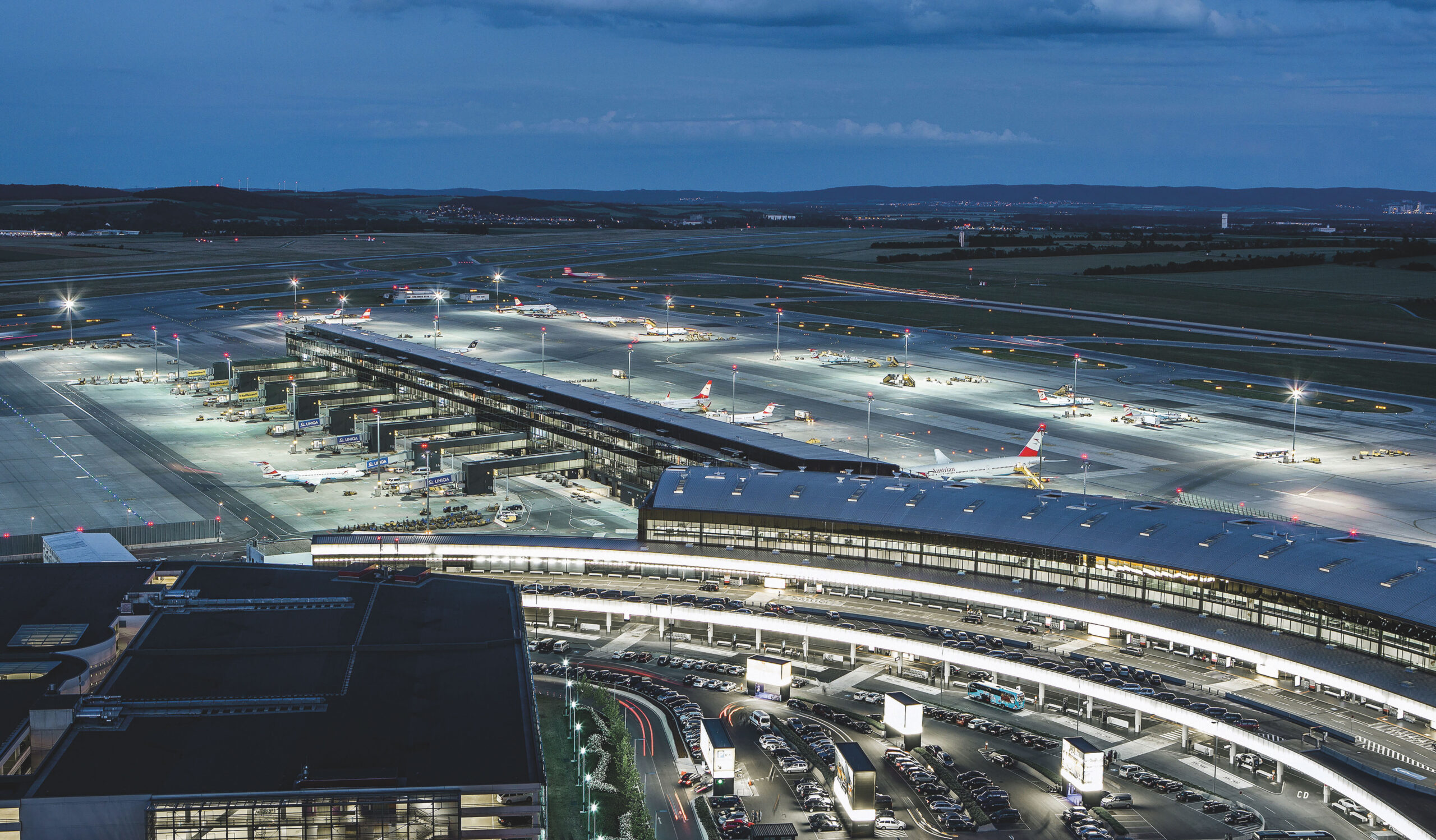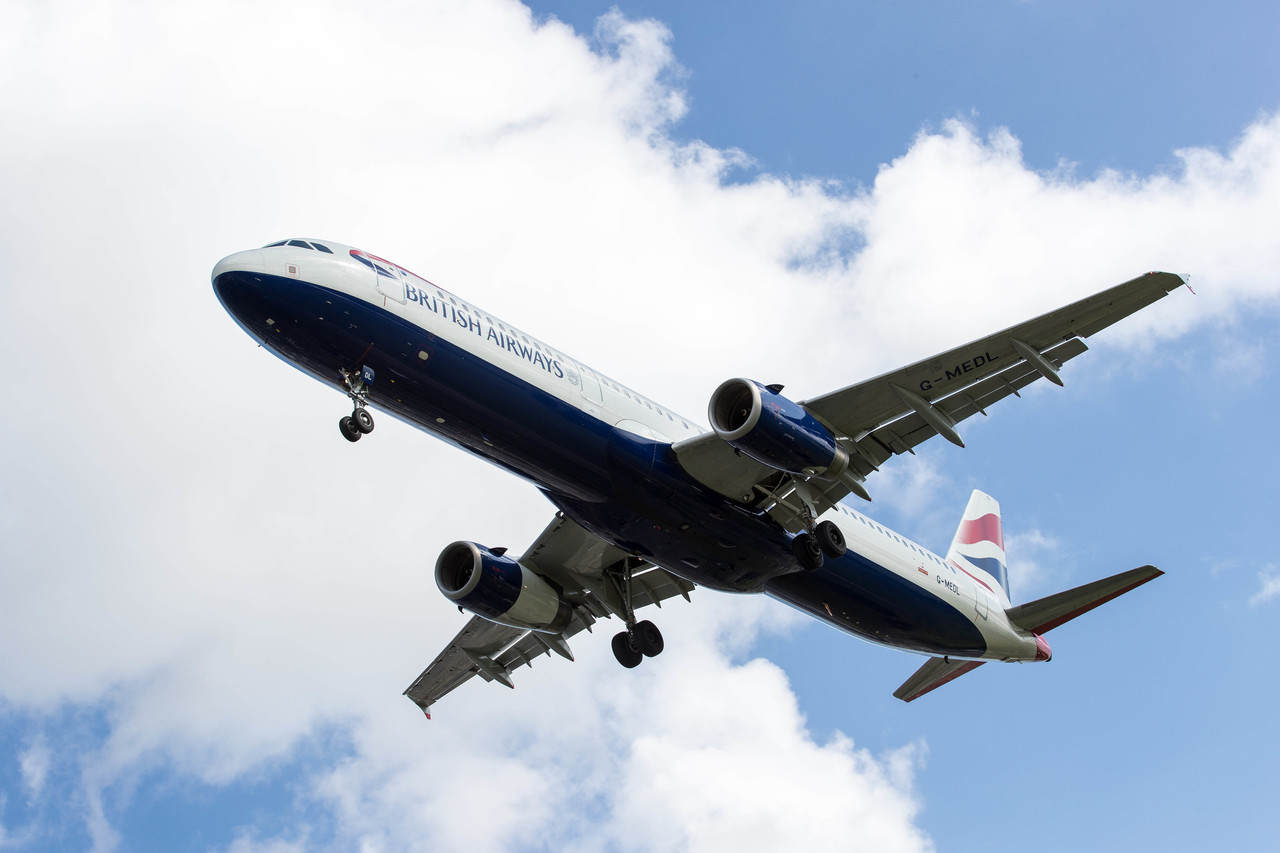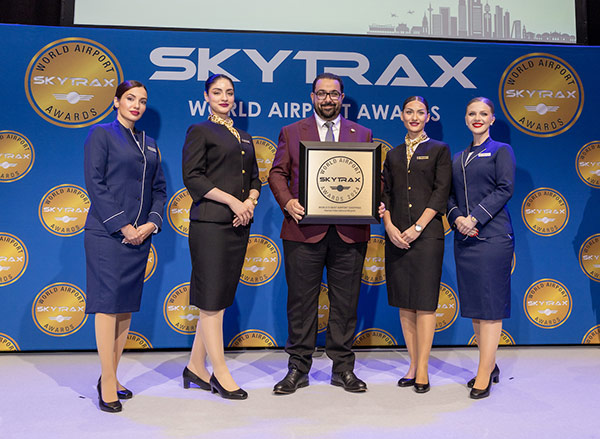Travel retail consultant Adil Raïhani is well known for his time at Nuance as Director of Sales and Operations, Europe and for his vision and achievements as Chief Commercial Officer at Vienna International Airport. This interview, conducted by well-known travel retail industry film maker and publisher Peter Marshall of trunblocked.com, and first published on that plaform, explores what Raïhani believes can be predicted for airport retail post COVID-19. Importantly, he also maps out the criteria that he thinks should be adopted to enable a new business model to thrive in a transformed landscape.
Peter Marshall: Adil, a couple of weeks ago the trunblocked.com blog asked the question whether, for travel retail, it was RIP, Renaissance or Revolution that would follow the passing of COVID-19. I understand that you would argue that these are not the only descriptors that might cover the new era that is unfolding before us.

Adil Raïhani: “The Unknownsance” epoch has erupted, the vortex of the unknown, a full force global eco-system test. Every learnt habit and behaviour has changed, freedom suppressed – the societal exchange/behaviours have changed significantly, and all of this virtually overnight.
Let’s be straight, three months after the COVID-19 outbreak, we (finally) grasp it is not comparable with any past event. Recovery will take longer, will be very raw and will significantly differ by region and have mixed impacts on the aviation value chain and its stakeholders.
Mother nature has spoken out globally, viciously. She sent the world into an economic and social tsunami while she is recovering at the same time. Three billion people in lockdown, traffic put on a halt, entire fleets grounded, the global shutdown of shopping factories, malls, commerce, banks and airports turned into ghost-ports. All daily habits have changed, preferences and priorities changed, behaviours as well as consumption – it’s all changed. This will have a serious impact on consumer confidence and consumption for travel retail.

So, Maslov’s theory [a motivational theory comprising a hierachial five-tier model of human needs. Needs lower down in the hierarchy must be satisfied before individuals can attend to needs higher up. From the bottom of the hierarchy upwards, the needs are: physiological, safety, love and belonging, esteem, and self-actualisation. Source: Simply Psychology] has effectively been thoroughly trashed by COVID-19. However we cut it, the future is not what the travel industry will perhaps want it to be. There can be no turning back of the clock. How do you think the new behaviours will impact travelling passengers?
After visiting my local supermarket, I realised change is coming. The cashiering areas are boxed with plexiglass to avoid contact. At service counters for cheese and meat there are long lines and crosses marked on the floor indicating the minimum distance. Crowd control at the entrance, maximum allowances on disinfectant products such as wipes and hand sanitisers. Not to mention that shopping takes a lot more time as we queue for every errand you have to run.
So, how does the above convert into the “new reality of customer experience” when travelling? Do you recall the last time you travelled? How you go to the airport, shook hands with your friendly cab driver, checked in and then started your airside journey? Well, now imagine your next trip, for what purpose you decide to travel, how you will travel, what precautions you take in your planning process, what products you buy and what you will do to stay safe – just to mention a few things.
For the time being, customer journeys will be re-designed by new regulations, stricter sanitation standards, longer waiting times as processes will slow down and dwell-time will inevitably be severely affected – impacting financial performances. Additionally, gaining back travellers’ trust and confidence will be significant challenges on their own.
Let’s break it down into the different sectors. What do you think will be the fundamental differences at airport locations? What new services will be mandatory for them to offer, in your view?
It will largely depend on the status of the local situation, how governments managed the COVID-19 outbreak, and how prepared they were. Stakeholders, where care played a significant role in their designed customer experience, will suffer less compared to those that chose income above customer satisfaction or quality standards. Those who invested in seamless travel and excellent customer experience will separate themselves from those who didn’t.
Needless to say that any stakeholder who is digitally mature and has embraced omnichannel will be coping better with customer expectations. Ecommerce shielded the world from a global meltdown in the last few months, and I hope that now the importance of omnichannel will resonate far more with the industry than it did before.
Do you think that airport management will keep pace with implementing the kind of changes that will be asked of them by their travelling passengers?
In general, airports are fast in implementing reliable measures and safety, of course, is a core value and activity at airports. The nuclear question for me is what impact social distancing will have on airport capacity in general, especially for check-in counters, public seating, security and the related space needed to process travellers, boarding gates and boarding procedures.
Many airports will have serious issues dealing with the required changes due to lack of space and the cost related to adapting to make the airports more contactless.
The MAG was never intended to become the primary source of income for many airports, although through over-bidding it became so, unfortunately, and it did so in far too many airports

Moving onto the commercial side, do you think that the Minimum Annual Guarantee (MAG) is finally a spent force? In the short term, it looks like a no-change scenario. But you spearheaded Vienna Interational Airport through some very turbulent times, so you will know what is doable. What’s the best advice you can give and how agile should any new deal be?
The model is broken. Rien ne va plus. It has been ailing for a long time. However, despite endless Trinity efforts, the model has hardly changed. COVID-19 has simply put an end to all the beating around the bush!
COVID-19 hit at a time when cash reserves are generally low. P&Ls are often negative during this period – another stab into today’s problems as it limits opportunities to adapt the financial arrangements.
The MAG concept is outdated and belongs to the past as much as dinosaurs do. I see the MAG as a safety tool to protect the airports against bad operators. The MAG was never intended to become the primary source of income for many airports, although through over-bidding it became so, unfortunately, and it did so in far too many airports.
As we don’t know yet at all how things will evolve, even with state funding, airlines, airports and significant parts of the travel and affiliated industries risk running out of cash if the mindset continues to be impacted by COVID-19 and “The Unknownsance”.
The solution is simple, but it needs bold actions and a clear and joint understanding that:
- The value chain only has 100% to share if a sustainable solution is sought.
- Airports have to commit to rebalance the risk and rewards with their partners. In other words, earn proportionately less in the future in most cases.
- Minimum and maximum bidding levels are pre-defined for tenders to avoid unrealistic bids.
- Hostile tender bids move to the hall of shame.
- All stakeholders must embrace collaboration. The pie will be bigger, but parts will be smaller.
- Pricing needs to be adjusted to reflect the new model.
Let’s see if the industry is ready for the real truth or dare full discussion?

Moving across to the retail operators, what do you think they should be doing now in terms of their offer to passengers? How should the rather one-dimensional mix of product categories change?
Long before COVID-19, there was a need for new, refreshing and innovative concepts like we see in the High Street and online. Many airports and retailers simply fail to deliver a compelling and tailor-made offer to their travellers as margin and capex support seem to mean more than happy customers.
We know very little indeed about tomorrow’s traveller, their mindset, and how this will impact the industry. I assume tomorrow’s traveller will seek sanitisation products, for sure, which should become a widely available category and at correct prices. This category could positively impact footfall due to predicted high demand. The current increased health consciousness will also drive higher demand for personal health products, hygiene and wellbeing-related products both in retail and in food & beverage.
Fulfilment and customer expectations change continuously. Operators will need to expand their omnichannel capabilities to meet with those demands and ultimately mitigate risk and drive revenues.
I guess it’s still largely unknown how much of a hangover the increase in online use will cause the travel retail business. We all recognise that its use has grown exponentially in the last three months and there is no visible sign that it will stop. How much of an accelerator should this now be for retailers to seriously push their online offer. With a few exceptions, airports are arguably failing in this area. They and many retailers need to walk the talk, not just talk.
Why ignore the obvious? Those that still see ecommerce as a threat have carved their destiny, especially after COVID-19.
Yes, many retailers have to improve their online offer and user experience. Online buying habits at airports are very different from offline, which is why most fail as they want to sell duty free only. Most retailer platforms are just a catalogue of what you can find in the duty free shop, have poor content and lack user experience.
Forward-thinking airports have already started moving towards being a marketplace and use omnichannel to deliver a unique and personalised experience throughout the entire journey.
Unfortunately, most airports fail to identify the endless means of communication opportunities through omnichannel. Omnichannel is a vital tool to improve customer experience.

What about the brands? In general, brands are well ahead of the airports in terms of their online connectivity. Do you see a different approach coming from brands, where travel retail sales will be increasingly cannibalised from the both the High Street and travel retail with more of a focus by the brand players on adopting an online, direct-to-consumer sales approach?
Brands have always been ahead and will continue to be so in my opinion. I can well imagine a model that allows for commission-based agreements for sales that are made off-airport, like in Auckland. Why not add digital brands to your offline brand portfolio to generate incremental revenues and improve user and customer experience?
Moving to airlines, what mechanic do you think can be introduced to bring them more into the mix to provide a genuine axis point to the quaternity (airlines, airports, retailers and brands). Is this still just an unrealistic proposition?
It isn’t unrealistic. Airlines are a vital, if not the most important stakeholder in the quaternity context. If all involved fail to recognise this, then it won’t work. Maybe COVID-19 has changed the perspective of the stakeholders and will finally start a constructive dialogue together, let’s see. It is high time to do so!
If there is one thing that you want to say to the industry in terms of being ready for the new retail environment, what would it be?
AR: If the industry continues to do what it has always done, then it will get what it always got!












